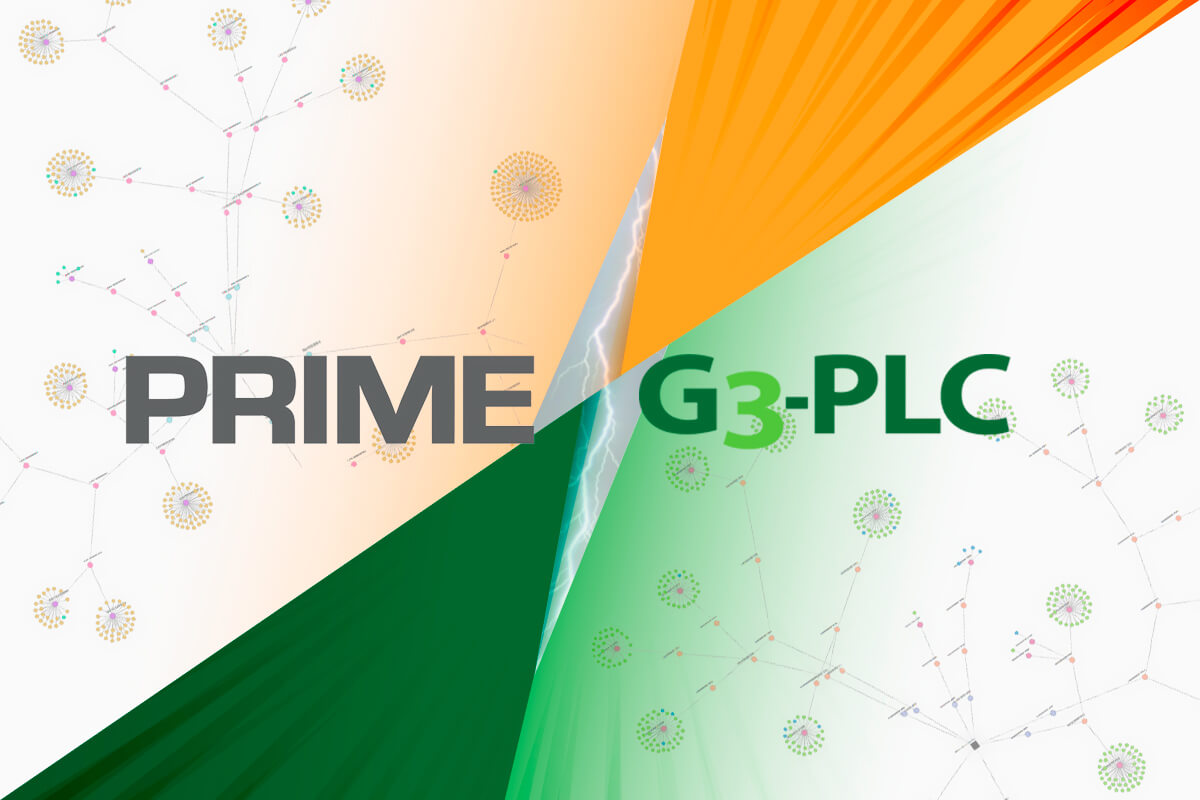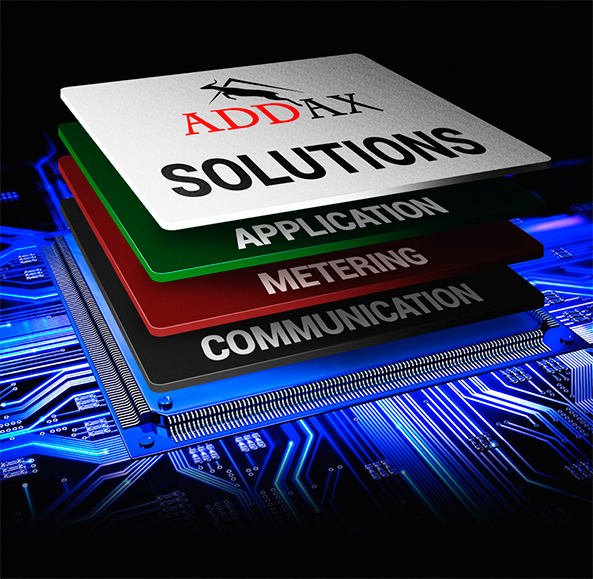- <...
Regulators around the world have set global climate targets for its improvement and conservation. Electricity production, the lion’s share of which is still accounted for by “dirty” sources, undoubtedly makes its negative contribution to environmental pollution. This forces utilities to optimize production and supply of electricity, to use more and more renewable sources of electricity, to motivate consumers, which is impossible without the introduction of modern smart metering systems.
Deploying such systems is undoubtedly a long-term and costly investment, and power grids must take into consideration numerous factors before starting projects that can lead to difficulties in long-term network use and create additional costs for removing them.
ADD Grup has collected for you TOP 3 main aspects for successful planned deployment of AMI systems based on our personal experience as well as experience of our partners.
World statistics shows that 70% of smart metering devices use the PLC communication channel. For electricity distributors PLC is an independent channel and based on existing infrastructure for communication unlike 3GPP and RF channels. PLC is mainly used in the area between the consumer smart meter and the low-voltage distribution transformer. Further, from the data concentrator to the head end software, data is transmitted via the 3GPP communication channel, which is more than 20% of the world’s use of information transmission by this method. 3GPP is also used on rare occasions in remote and inaccessible rural areas. The remaining percentage belongs to RF technologies, in particular as an auxiliary communication channel.
Based on personal experience and numerous opinions of DSO, as well as other manufacturers of smart metering systems, PLC is the best communication channel compared to RF or 3GPP.
PLC has a many of advantages such as:
ADD Grup experience in collecting data with a minimum volume of 98% confirms that PLC is the best choice for deploying smart metering networks.
Despite its effectiveness, PLC still has weak points that require utilities to perform clean-up in order to achieve better data collection performance. Such work requires both human resources and purchase of additional equipment (filters for example). And since the network is dynamic, such work may be required not only at the launch of the project, but also periodically during the operating process.
In such situations, the weaknesses of the PLC channel can be amplified by the RF channel, which is implemented in the PLC+RF Hybrid solution, which is noticeably more effective in noisy areas and allows achieving higher data collection rates due to the ability to automatically switch between PLC or RF communication channels.
The choice of PLC as the main communication channel implies an additional choice between communication standard technologies such as PRIME or G3-PLC, designed to exchange data directly over power lines.
As we previously wrote in our comparative analysis on PRIME and G3-PLC, in order to understand which communication standard is most suitable for the network features, it is necessary to conduct several pilot projects using different technologies.
The best case scenario is choosing a solution on a universal platform with support for both PRIME and G3-PLC and a Hybrid solution for testing all three technologies in one network segment without the need to replace meters, only by replacing the firmware.
ADD Grup is able to provide such communication technology testing services on a universal platform for its partners and to identify the advantages and disadvantages of each technology, as it was implemented in Latvia, for self-comparison and selection of the desired standard by the DSO.
«PRIME & G3-PLC comparison at large substations»
Once the utility has decided over the choice of communication technology, the question of interoperability arises.
Interoperability will provide interaction between different network resources and solutions from different vendors.
This opportunity will enable the integration of new and innovative technologies and use cases such as electric vehicles, solar cells and energy storage.
a) Interoperability at the level of “smart meter” <—> “data concentrator”
Most smart meter manufacturers equip their smart meters with interoperability, but basically only at the physical layer.
To achieve full interoperability the same object model is required. It can be obtained in two different ways.
Variant one: There is a choice of an object model already available on the market, such as IDIS for G3-PLC or T5 for PRIME.
This is the easiest way to select and implement an object model for an electricity distributor. However, the choice of a standard data model constrains the grid in a certain framework, in which the utilities are forced to adapt its needs to the standard model, which does not always meet all the needs of the customer.
Variant two: Creating of its own object model
A customized object model is used to unleash the full potential of network monitoring and control, unlike a standardized model, but requires more preparation and implementation for work.
For a complete understanding, it is advisable to select several suppliers to participate in a pilot project, to determine how much interoperability has been achieved.
b) Interoperability at the level of “data concentrator” <—> head end software.
Ideally, it is necessary to select an independent vendor of a head end software that does not deal with manufacturing of smart meters or is not affiliated to any smart meter manufacturer, who will not impose specific smart meter brands/specifications and must work with all vendors equally to integrate them into the system.
One of the biggest benefits of choosing a neutral vendor is adequate commercial terms for integrating various smart meter vendors into a head end software.
Also, at this level, it is necessary to define the interface specification (communication protocol) between the data concentrator and the head end software such as: P3.2 Companion Standard, Dutch Smart Meter Requirements, STG Sistema de Tele-Gestion, DC SAP, etc.
As a result, if all specifications are observed, full interoperability is achieved at all levels, and if the meter supplier needs to be replaced, interoperability will prove its additional necessity by allowing utility to seamlessly install a meter from alternative supplier without additional integration effort.
Security must be the highest priority at all levels of the smart grid, which will define it as a resilient grid.
Electricity providers must choose a solution without security gaps, with the ability to encrypt data at all levels of communication from the end-user point to the servers in the main system.
To ensure maximum security of all data received from smart meters, at best, it is recommended to use DLMS Security Suite 1.
A special feature of the SS1 security layer is 32-bit encryption and the generation of special certificates along with access tokens for successful authorization of the meter / data concentrator on the network and further communication using the key management system security service.
In the end, we have collected 3 of the most important aspects for you.
But do not forget that when forming a plan for deploying an intelligent power grid, there are a huge number of additional pitfalls, and to overcome them, experience is needed.
ADD Grup, due to many years of experience and transmission technologies, provides assistance to its partners at all stages from planning to implementation and support.


